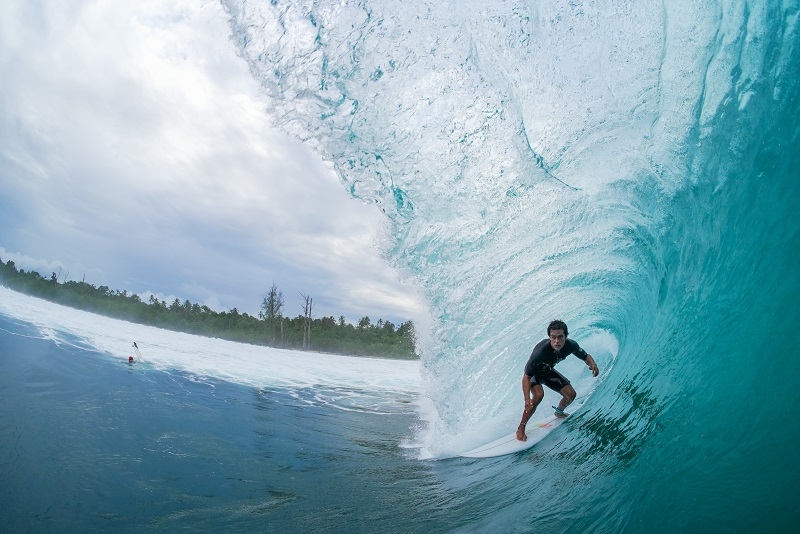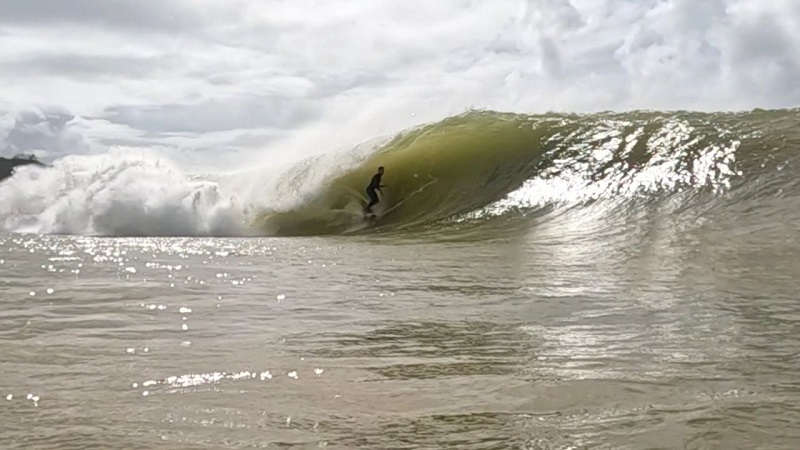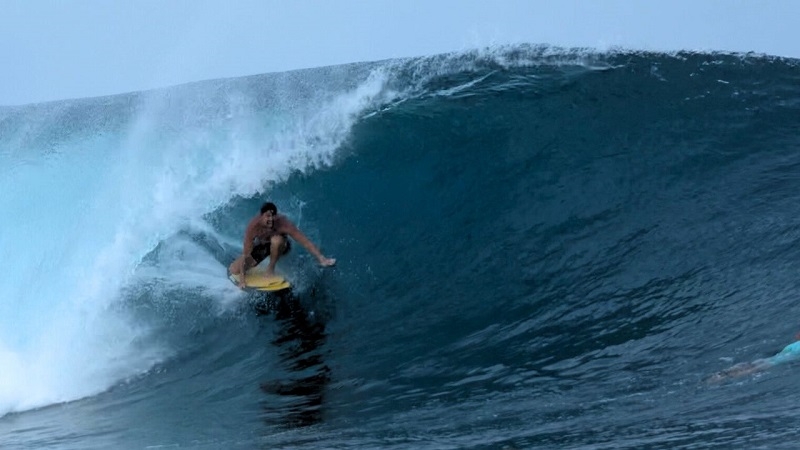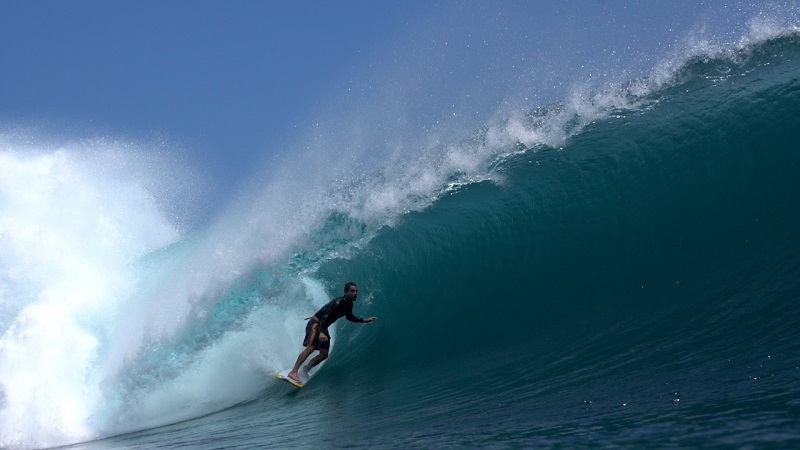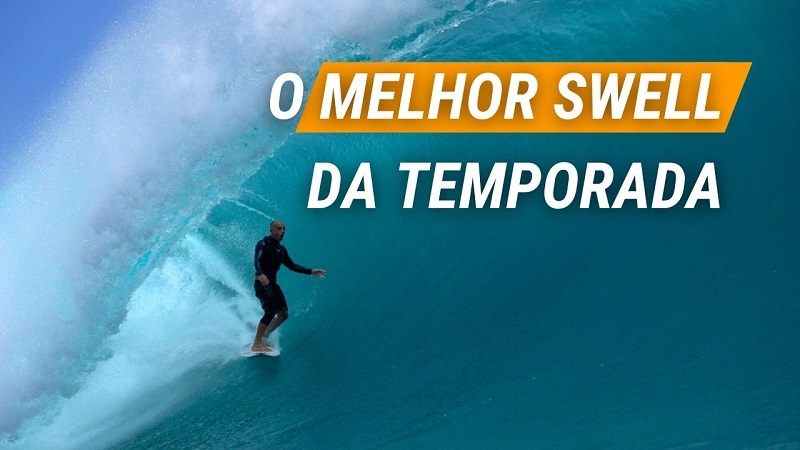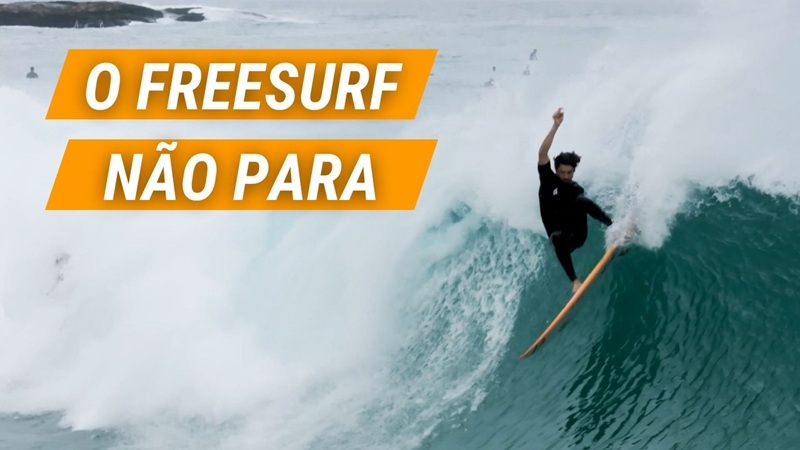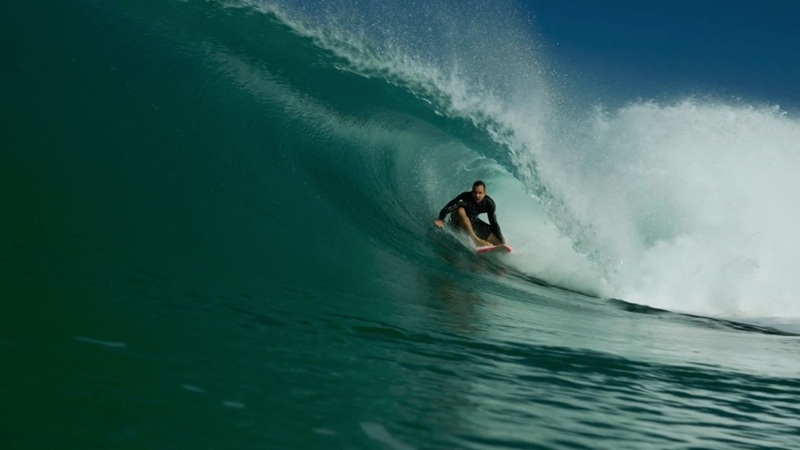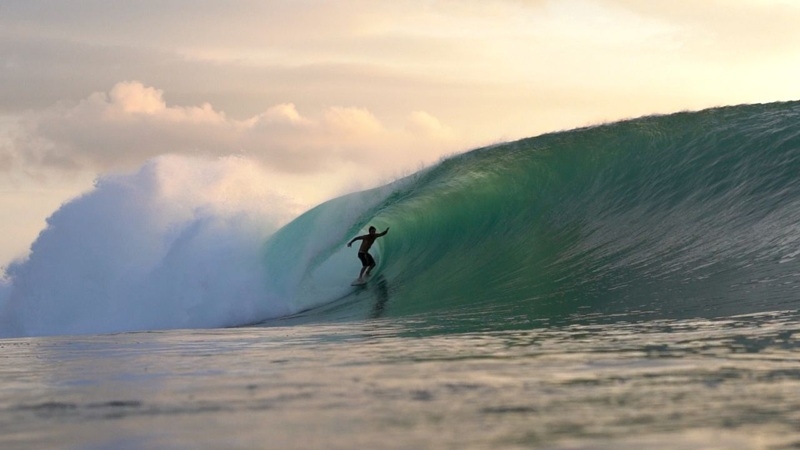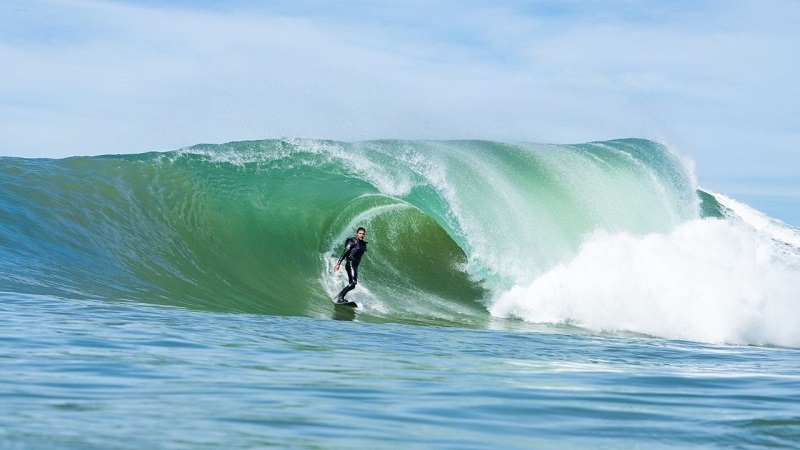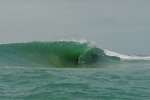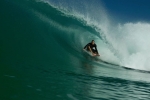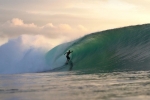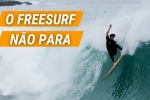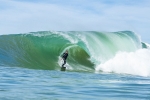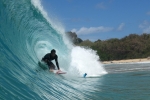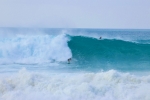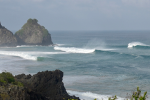Surf History I George Freeth
We are thankful for the bounty of recreation we procure from the ocean, for the nourishment we receive, and for the gear that makes the reaping accessible.
16/Mar/2015 - Brooke Schmitt - Califórnia - Estados UnidosWe are thankful for polyurethane, extruded polystyrene, epoxy foam, and fiberglass; polyester and epoxy resins. The neoprene, taped seams, masks, snorkels, and swim fins. And we have a deep appreciation for Radon boats, spear guns, lobster bags, and fish tacos. But we have mad respect for those who paved the way without most of these things.
It is not uncommon to be nostalgic for bygone eras that one never lived through. It is easy to imagine what the slough of empty California point breaks must have looked like in the early 20th century.
I was born in the wrong era.
Right. Let’s be real, the majority of us wouldn’t be in the water today without the aforementioned technological advancements. We could, as they say, “separate the men from the boys” if everyone had to forego leashes and wetsuits. And which women would still paddle out on an 8’ x 24” x 2”, 40 lb. solid redwood board wearing a wool bathing suit? We have it easy.
In the 1910s the struggle was real. If you were an ocean going individual in that decade you were truly braving the elements and doing so without the benefit of modern amenities. It is easy to forget the trail blazers. Go ask 10 groms who George Freeth was and you’ll find out just how easy. Freeth brought surfing to California, but he gave us much more than that. An ambassador of swimming and lifesaving, Freeth showed naïve Californians how to fully engage with the ocean. For that, we are truly humbled and appreciative. It is also important to acknowledge those men and women that absorbed all they could through his mentoring and recognize that the ocean lifestyle was passed down to us through them via Freeth.
One of the many things that Freeth exposed Californians to was “waterglass fishing,” as referred to in an article written in The Los Angeles Times on July 14, 1912. Today, we call it spear fishing. Californians witnessed Freeth
Swimming idly about the pilings holding in his teeth a box which [covered] his face and carrying a spear in one hand. Now and then the swimmer wearing the queer muzzle or box would thrust out the spear and bring up a fish.
Onlookers were often mystified to see Freeth within a half an hour, bring up “twelve to fourteen fish.” They took note of the fact that he utilized a “large bag in which to put the fish when spearing them.”
Freeth’s other gear is described as “a wooden box about 6 by 10 inches at one end and a trifle larger at the other end. In the smaller end a piece of window glass. He held this box with his teeth as he swam so that the water just covered the top of the glass.” It was reported that the “spear had a handle about twelve feet in length and a three-pronged spear. With this he either speared the fish or drove the spear and let go, if far away. Sea bass and perch were caught this way at a depth of twenty-five or thirty feet.” Freeth was also known to have stood on the beach and thrown “his spear at sharks and stingarees.” It was said that this latter method was not “such good sport as the waterglass stunt” and that, “according to Freeth the former requires greater skill.” He said “the principal difficulty in fishing this way is to gauge the distance correctly as the water telescope not only magnifies the fish but also the distance.”
These exploits left an impression on early 20th century Californians. Of spear fishing at the time, it was said that “few know what it is and none but George Freeth, the Hawaiian, knows how to do it.” Most impressive is the prowess possessed by Freeth despite the benefit of mask, snorkel, rubber bands, or spear gun. The words “Legend” and “Waterman” are thrown around all too liberally in contemporary beach communities. George Freeth, however, is an undisputed Legend and a Waterman in the realest sense. So next time you come to the surface with a big halibut or a bag full of bugs, or get invited to partake of a friend’s harvest manifest in the form of fish tacos, raise your glass and pour one out for a big contributor of our Surf history, George Freeth and those early Californians who followed his lead.
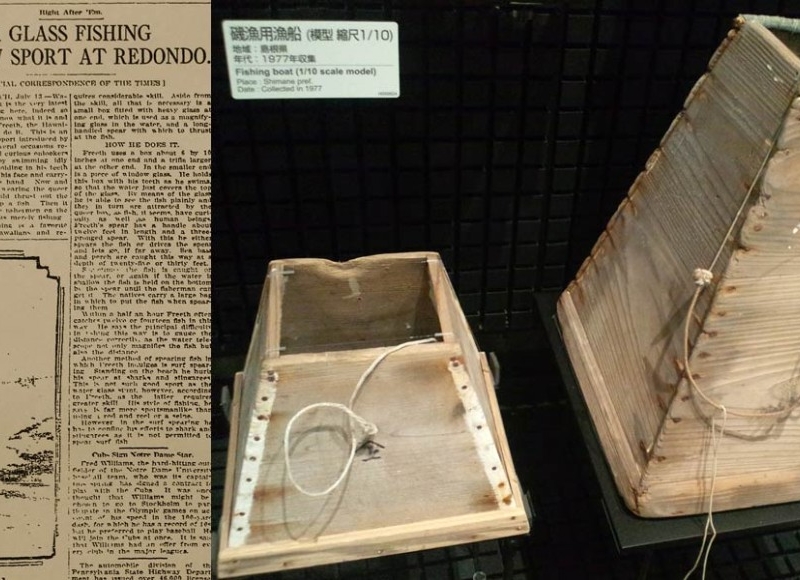
George Freeth

